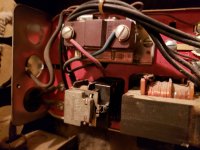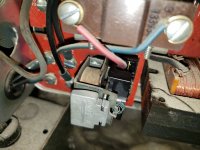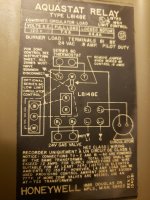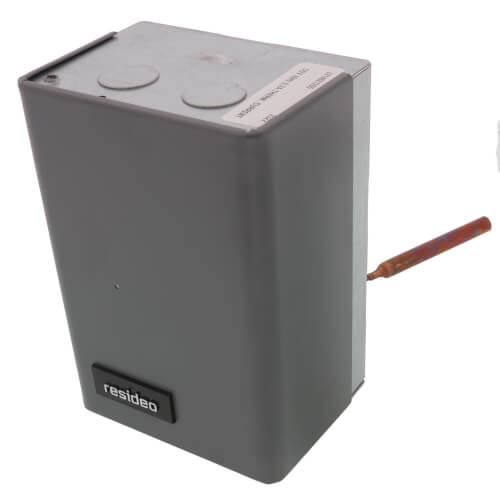The lever sticking versus a poor connection in the contacts are two different things. With the power off, you should be able to press the contacts and release, and it should freely move between the two positions. Sometimes, all it takes if the contacts are slightly dirty is to slide a strip of paper between them, push them closed and pull the paper out. If you can solder electronics, you might be able to find an exact replacement for that relay. If there's room, you might also be able to cobble up an external one.
Note, one reason why a relay could be intermittent is if the input voltage to the coil is out of spec. It won't always pull in if the coil voltage isn't within specs. Once it does, there may be enough magnetic field to hold it in. That could be a driver to the coil, a corroded connection, and other things, so a new relay may not do anything. So, in that case, it may require a new board, or finding the proper driver chip/device. Few of these things come with a schematic or mark the parts, so troubleshooting is often, is the board good, or bad. If bad, replace, not repair.
I did have an older boiler that I cobbled fixes for that kept it running for a few years before I decided to replace it with something more efficient and reliable.




